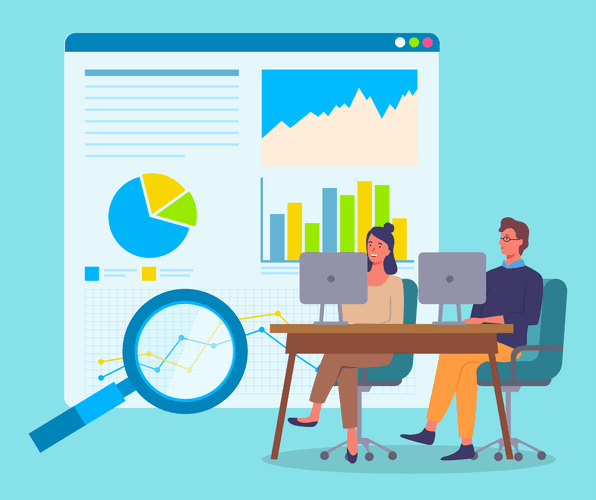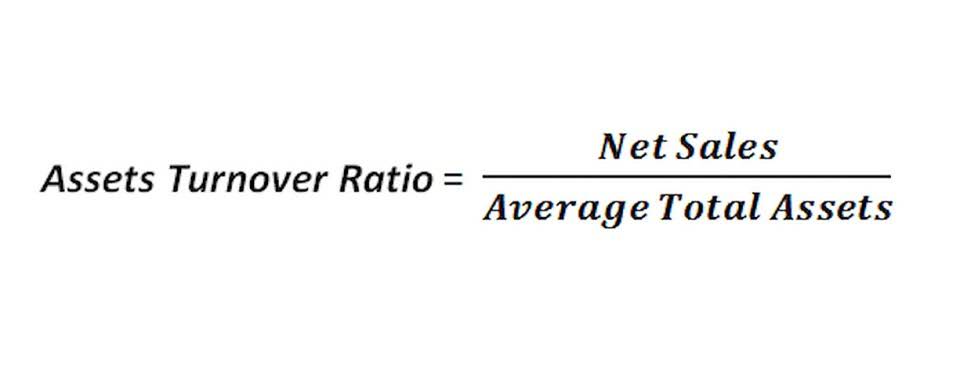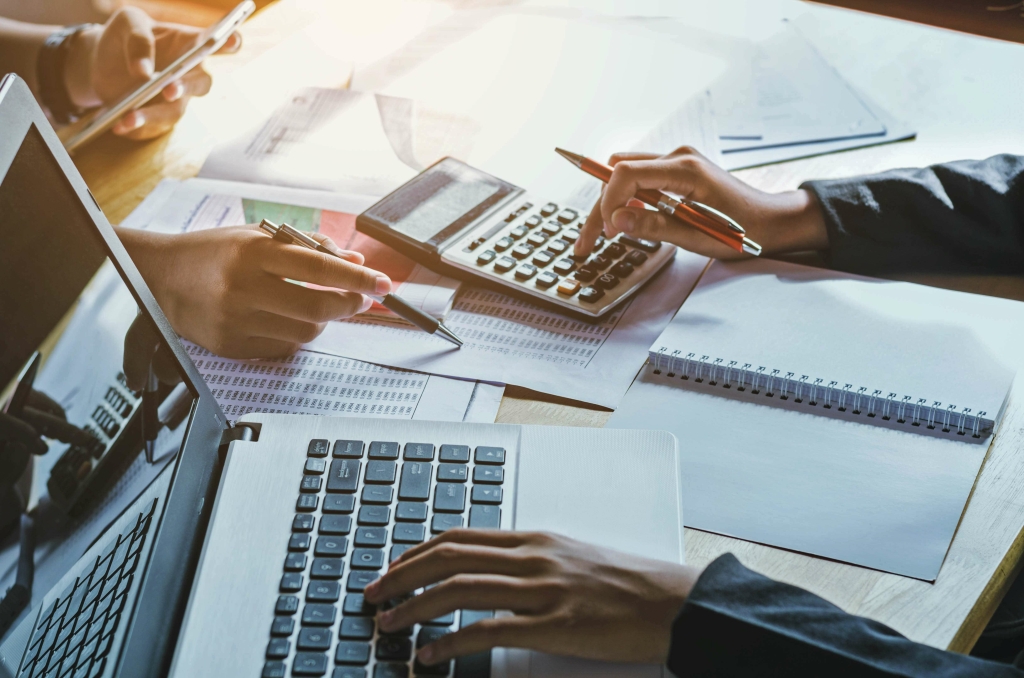
It should not be surprising that the diversity of activities included among publicly-traded companies is reflected in balance sheet account presentations. In these instances, the investor will have to make allowances and/or defer to the experts. Assets are on the top or left, and below them or to the right are the company’s liabilities and shareholders’ equity. A balance sheet is also always in balance, where the value of the assets equals the combined value of the liabilities and shareholders’ equity.
A Crucial Understanding

Noncurrent assets include tangible assets, such as land, buildings, machinery, and equipment. These revenues will be balanced on the asset side of the equation, appearing as inventory, cash, investments, or other assets. For instance, if a company takes out a ten-year, $8,000 loan from a bank, the assets of the company will increase balance sheet for dummies by $8,000. Its liabilities will also increase by $8,000, balancing the two sides of the accounting equation. Our easy online application is free, and no special documentation is required. By looking at the sample balance sheet below, you can extract vital information about the health of the company being reported on.
Balance Sheet Time Periods
How assets are supported, or financed, by a corresponding growth in payables, debt liabilities and equity reveals a lot about a company’s financial health. For now, suffice it to say that depending on a company’s line of business and industry characteristics, possessing a reasonable mix of liabilities and equity is a sign of a financially healthy company. The balance sheet previews the total assets, liabilities, and shareholders’ equity of a company on a specific date, referred to as the reporting date. A balance sheet is a financial statement that shows the relationship between assets, liabilities, and shareholders’ equity of a company at a specific point in time.
Add Total Liabilities to Total Shareholders’ Equity and Compare to Assets
Within each section, the assets and liabilities sections of the balance sheet are organized by how current the account is. So for the asset side, the accounts are classified typically from most liquid to least liquid. For the liabilities side, the accounts are organized from short- to long-term borrowings and other obligations. Employees usually prefer knowing their jobs are secure and that the company they are working for is in good health. When analyzed over time or comparatively against competing companies, managers can better understand ways to improve the financial health of a company. Shareholder equity is the money attributable to the owners of a business or its shareholders.

Part 4: Getting Your Retirement Ready
- Accounts within this segment are listed from top to bottom in order of their liquidity.
- Our goal is to deliver the most understandable and comprehensive explanations of financial topics using simple writing complemented by helpful graphics and animation videos.
- It can be sold at a later date to raise cash or reserved to repel a hostile takeover.
- For most businesses, balance sheets are prepared only at the end of each month, quarter, and year.
Ask a question about your financial situation providing as much detail as possible. Our goal is to deliver the most understandable and comprehensive explanations of financial topics using simple writing complemented by helpful graphics and animation videos. Our team of reviewers are established professionals with decades of experience in areas of personal finance and hold many advanced degrees and certifications. These operating cycles can include receivables, payables, and inventory. Shareholders’ equity will be straightforward for companies or organizations that a single owner privately holds.

Although the balance sheet is an invaluable piece of information for investors and analysts, there are some drawbacks. For this reason, a balance alone may not paint the full picture of a company’s financial health. A balance sheet is one of the financial https://www.bookstime.com/ statements of a business that shows its financial position. The report can be used by business owners, investors, creditors, and shareholders. A business can prepare the balance sheet in several ways, but accounting software is the easiest.
Balance sheets also play an important role in securing funding from lenders and investors. For instance, accounts receivable should be continually assessed for impairment and adjusted to reveal potential uncollectible accounts. These ratios can yield insights into the operational efficiency of the company. It also yields information on how well a company can meet its obligations and how these obligations are leveraged. It uses formulas to obtain insights into a company and its operations. Often, the reporting date will be the final day of the reporting period.

- To do this, you will need to know your company’s current ratio and days cash on hand.
- With this information in mind, let’s go over the step-by-step process of creating a balance sheet.
- Sandra’s areas of focus include advising real estate agents, brokers, and investors.
- A company’s financial statements—balance sheet, income, and cash flow statements—are a key source of data for analyzing the investment value of its stock.
- The data comes from the financial statements of Western Forest Products (WEF), a lumber company based out of British Columbia, Canada.
It is also possible to grasp the information found in a balance sheet to calculate important company metrics, such as profitability, liquidity, and debt-to-equity ratio. All programs require the completion of a brief online enrollment form before payment. If you are new to HBS Online, you will be required to set up an account before enrolling in the program of your choice. It’s important to remember that a balance sheet communicates information as of a specific date. While investors and stakeholders may use a balance sheet to predict future performance, past performance is no guarantee of future results.
- Dummies helps everyone be more knowledgeable and confident in applying what they know.
- If both sides of the balance sheet equation aren’t equal, a business may have financial issues.
- A lender will usually require a balance sheet of the company in order to secure a business plan.
- The notes section contains detailed qualitative information and assumptions made during the preparation of the balance sheet.
- It’s anything that will incur an expense or cost in the future — a debt or amount owed is a liability.
- This balance sheet compares the financial position of the company as of September 2020 to the financial position of the company from the year prior.
